Create a greener garden in just one weekend by building some of these simple shelters to entice all sorts of beneficial creatures to move in
PARASITIC WASPS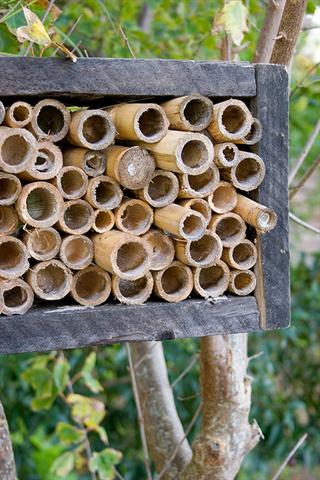
Parasitic wasps prey on common pests such as whiteflies, moths, beetles and fly larvae. To encourage them to take up residence in your garden, build a sheltering box for them to nest in by filling a wooden frame with short bamboo pipes. Ensure there’s plenty of nectar for them to feed on by planting varieties with an abundance of tiny flowers, like yarrow and bishop’s lace.
LIZARDS, SNAKES AND GECKOS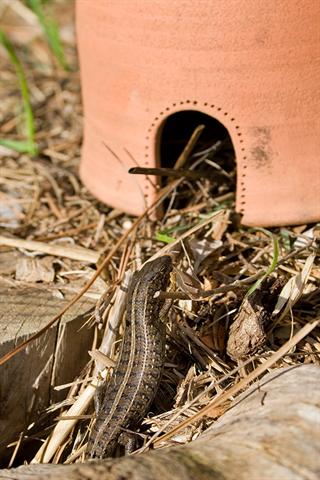
Lizards, snakes and geckos, like all reptiles, need a spot to sun themselves as well as a place to shelter and hibernate. Incorporate rockeries into your garden or create clusters of up-turned and elevated terracotta pots, like this one from Soil For Life; these will get nice and warm in the sun and also provide a safe retreat if your reptile friends are in danger.
WOODLICE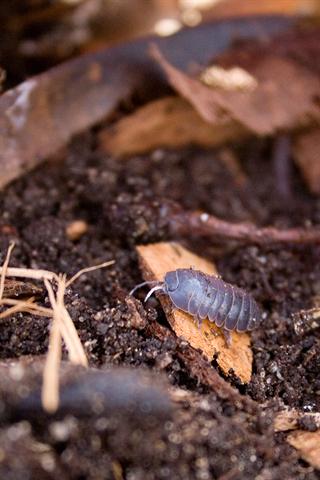
Woodlice are abundant in most gardens. These little terrestrial crustaceans like to shelter in dark, damp places especially where there is an accumulation of decaying plant material which they can munch. By mulching your garden well, you’ll provide a suitable habitat for these tiny creatures, and in return, they’ll do you the favour of converting everything they consume into fertiliser.
FROGS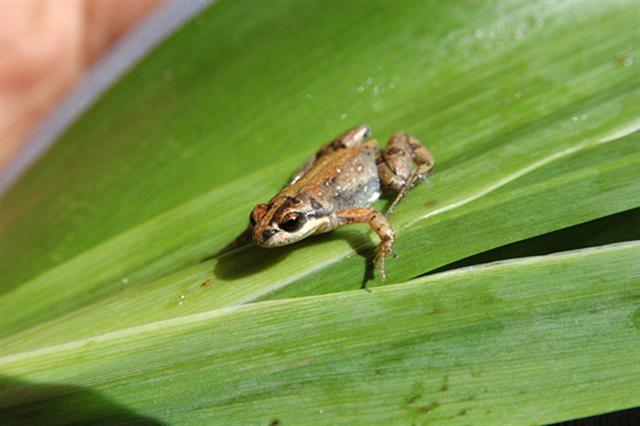
These garden allies usually leave the plants alone and instead dine on slugs and other bugs that we don’t want in our garden beds. Create crevices and voids for them to hide and hibernate in while out of water by constructing a wood pile or providing a couple of upturned and elevated old pots.
DRAGONFLIES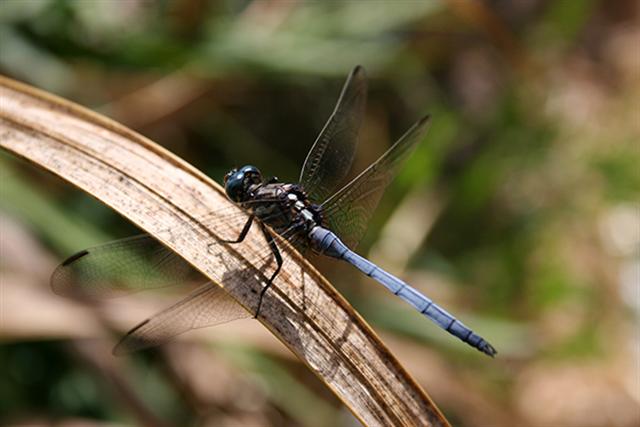
Agile predators, adult dragonflies and dragonfly nymphs (their aquatic young) are excellent hunters and mainly eat other pesky insects such as gnats, mayflies, flies and mosquitoes. Creating a pond is the best way to attract these and other helpful creatures into your garden. As dragonflies like to perch above the water when they’re not laying eggs or out hunting pests, include some vertically-growing aquatic plants, like Cyperus papyrus ‘Nana’ and sagittaria.
MASON BEES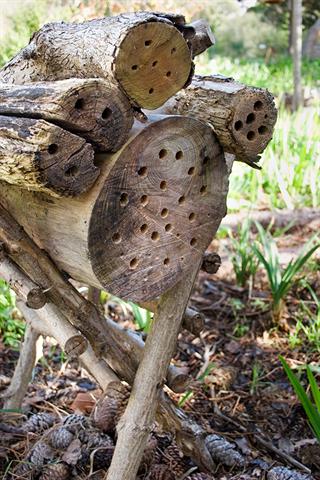
Mason bees are named after their habit of making compartments of mud in their nests, which are built in hollow reeds or in the holes made in wood by wood-boring insects. These solitary bees are brilliant pollinators, as well as being rather benign (and therefore safe for children and pets), so encouraging them into your garden is a good idea. Supply them with a refuge by drilling short holes (about 10–12cm deep and 1cm in diameter) horizontally into old logs or blocks of wood. By being creative with your design, you can make this shelter into an attractive feature.
